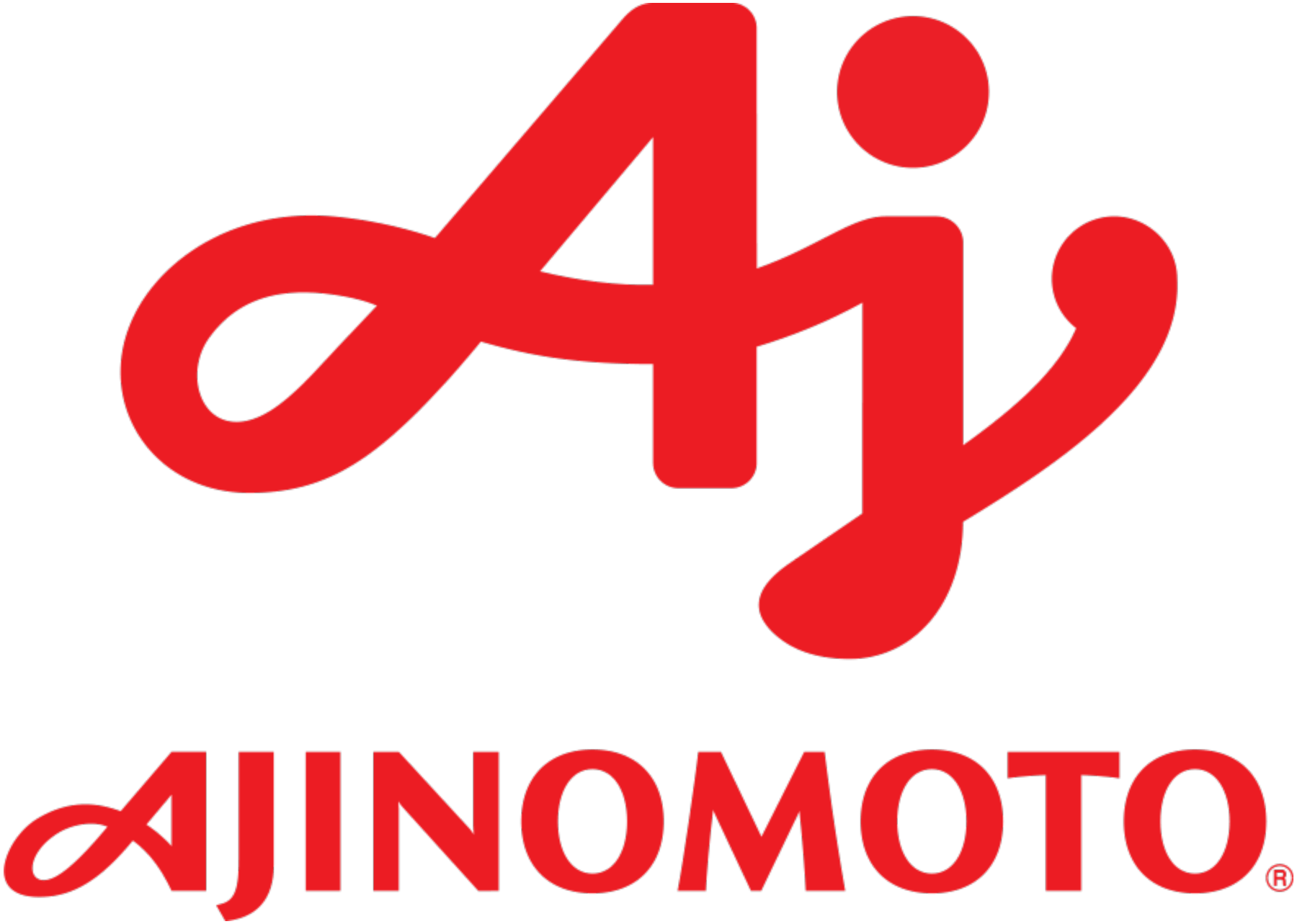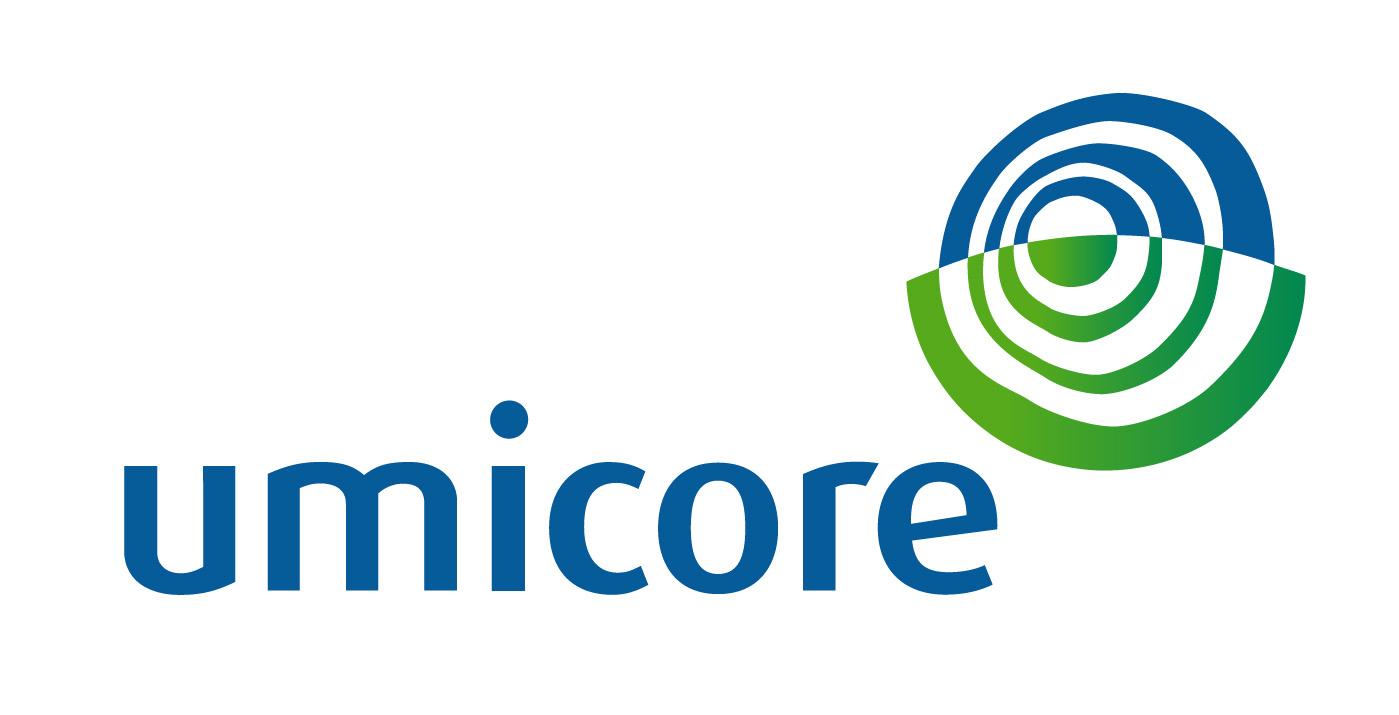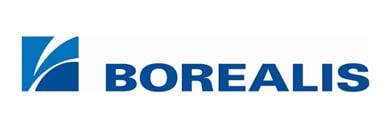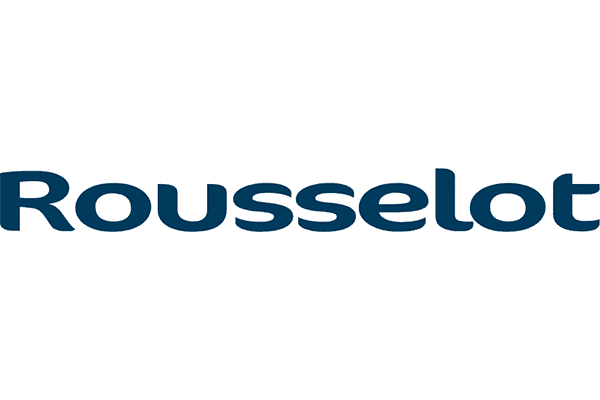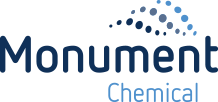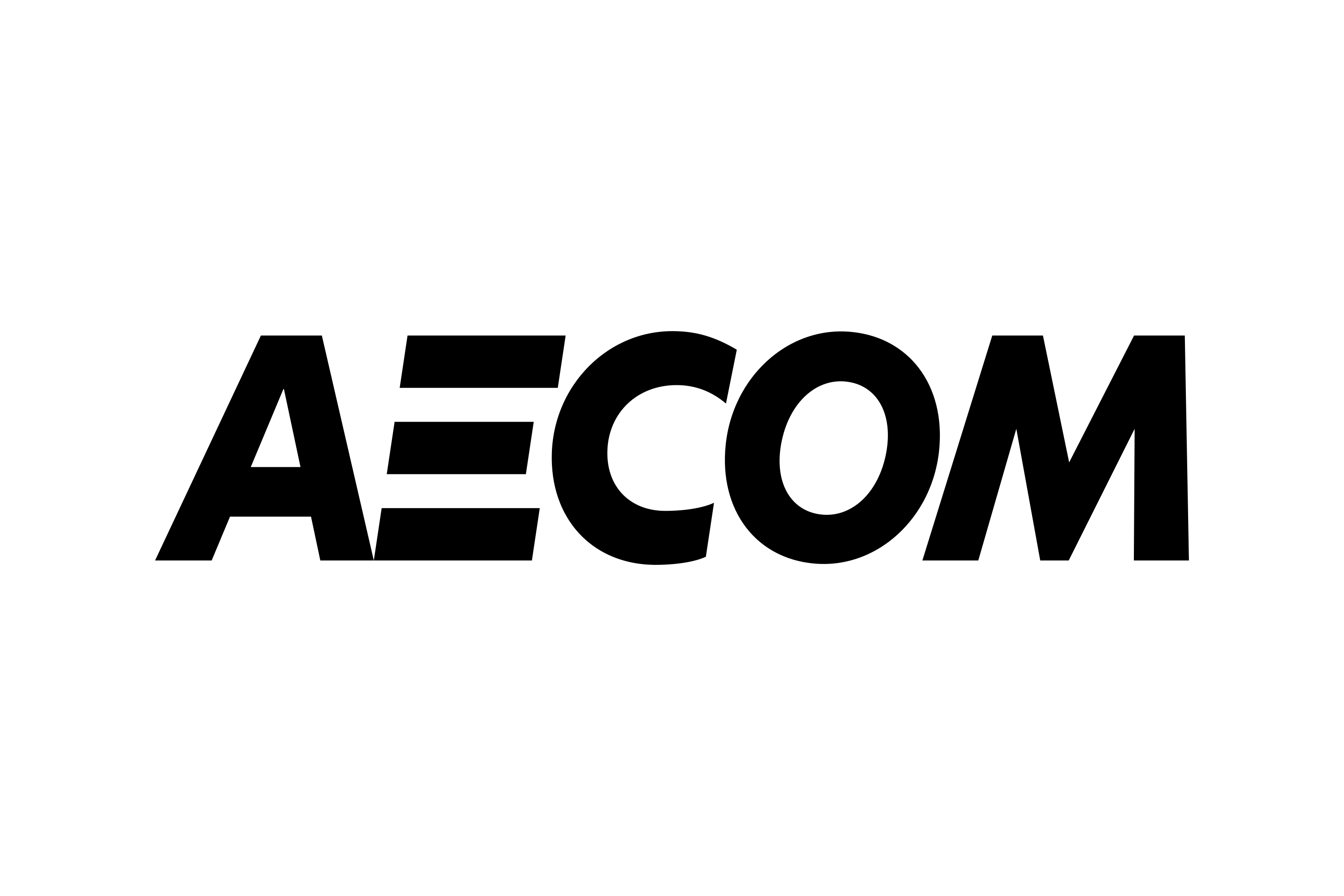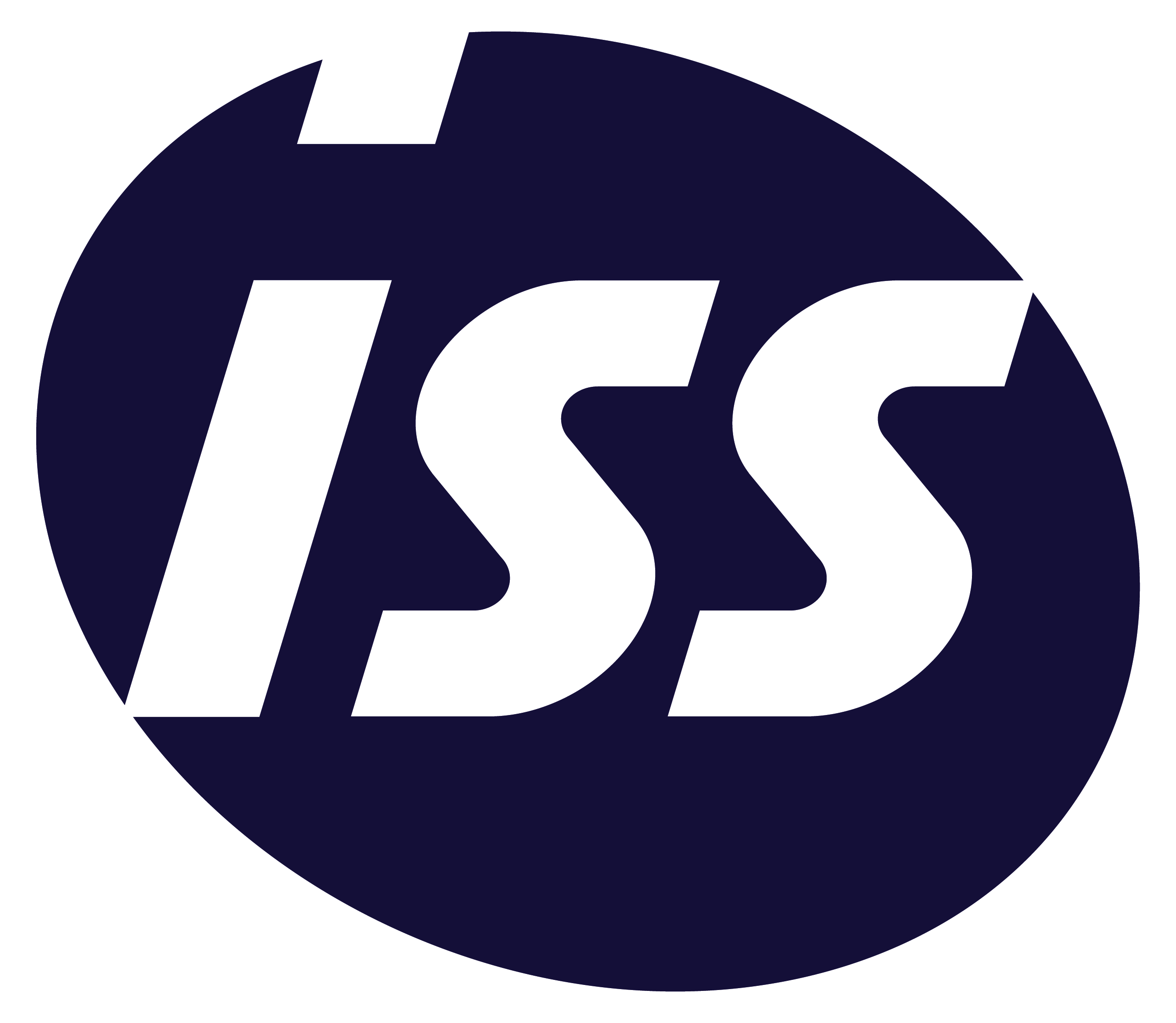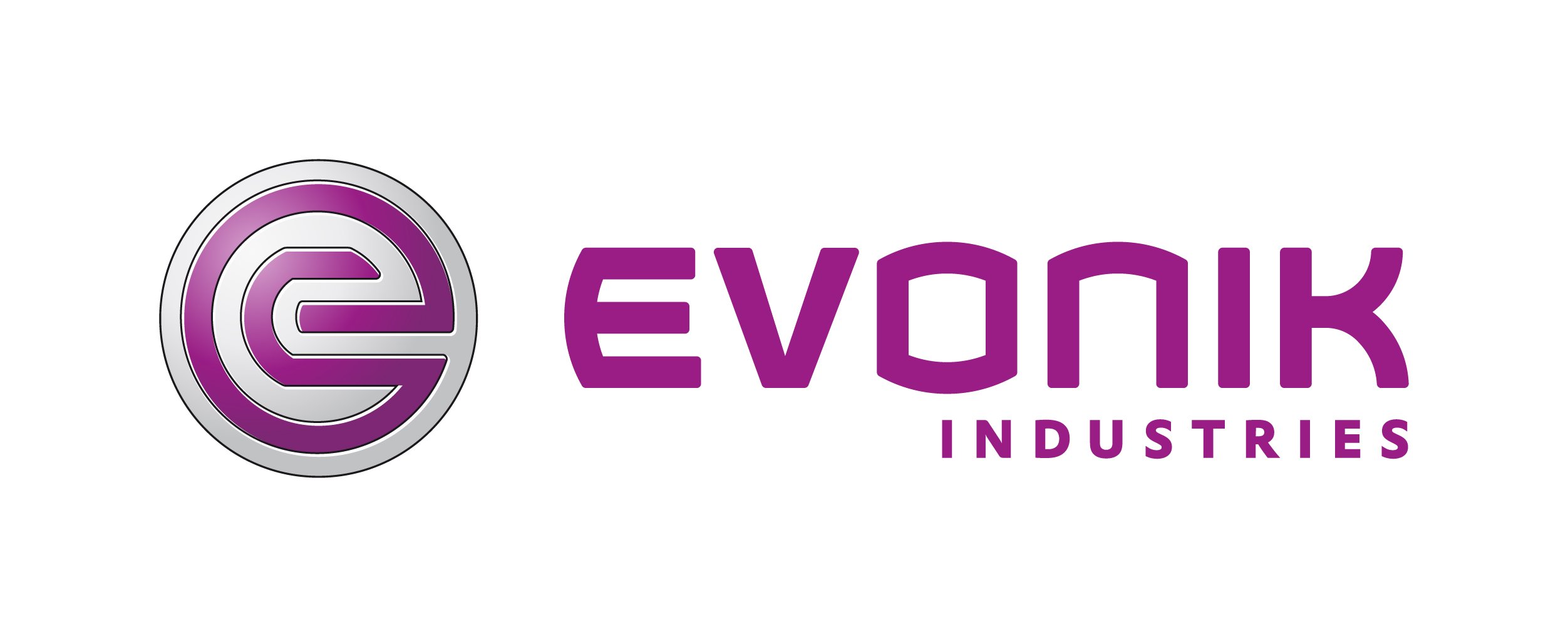
Willing Insights
Will De Vos
Driving Compliance and Growth
Every month, our colleague Will shares his sharp insights on contractor governance, supply chain risks, and operational compliance in the most demanding sectors. No sales pitch, just insights that inspire action. In this article, he links current incidents and regulations to strategic choices in the workplace. Relevant insights for those who don’t want to leave safety, continuity, and compliance to chance.
On August 19, a work platform on a pontoon at the Europa Terminal in Antwerp capsized. Two employees of a contractor consortium ended up in the water, sustaining leg injuries. A minor incident, but it coincides with a broader restart of industry: the eurozone PMI climbed to a 15-month high in August, while Europe is simultaneously making its gas supply requirements more flexible to cushion price spikes. This is the context in which every shutdown, every hoist, and every hot-work permit is once again coming under intense pressure.
Meanwhile, the legal bar is being raised significantly. Last week, the European Chemicals Agency published an updated PFAS restriction proposal under REACH, with stricter frameworks and sectoral exemptions that directly affect materials, components, and processes. Add to this the ongoing Seveso III framework for major accident hazards and the first CSRD reports that will be made public from 2025 onwards, and you have a three-pronged governance approach in which supply chains are no longer peripheral information but an auditable reality. Anyone who does not know exactly where PFAS is found as a substance class in spare parts, technical textiles, or cleanroom applications today risks non-compliance, downtime, and claims tomorrow.
Economically, the message is twofold: demand is picking up cautiously, but the energy market remains sensitive to stimuli. TTF gas is trading in the low thirties per MWh; enough to revive budgets, too volatile to plan laxly. The recently approved flexibility in gas storage rules should temper summer price pressure, but at the same time it extends the uncertainty band within which maintenance, contractors, and deliveries must be planned. For production managers and planners, this means precise windows, tight delivery SLAs, and zero tolerance for permits that “just need to be sorted out.”
The link with contractor management is straightforward. Incidents such as those in Antwerp rarely arise from a single error, but from a chain of failures: a platform that deviates from the plan, an LMRA that has not been carried out as intended, a competency that has not been validated for that specific configuration on the water. Governance makes this manageable when you bring three things together: qualification at task level rather than by company name, a permit-to-work that combines risk areas (hoisting, traffic, water, ATEX), and digital monitoring that makes deviations visible in real time rather than retrospectively in a folder. The same applies in the pharmaceutical and (petro)chemical industries to material changes enforced by PFAS regulations or supply shortages: without formal change control on suppliers and subcontractors, GMP and Seveso risks slip through the gate unnoticed.
So what should be displayed on the dashboard screen, besides TRIR and audit scores? For HSE, it is the percentage of permits with outstanding conditions at the end of the shift and the lead time between deviation and mitigating action. Procurement focuses on the percentage of pre-qualified suppliers per risk class and the closure time of CAPAs for non-conformities, including PFAS exposure in material master lists. Maintenance & Engineering look at first-time-right upon delivery after work permits and the ratio of planned versus unplanned work, linked to digital LOTO and commissioning checks. CIOs provide machine-readable audit trails for each qualification, toolbox, and permit so that CSRD and Seveso verifications are no longer a manual marathon, while COOs reduce waiting times between trades with smarter access control that only grants access if training, documents, and PTA are effectively correct.
The stakes are easy to articulate and difficult to ignore: growth and innovation are only sustainable if contractor governance is as mature as your litigation process. At a time when work platforms are shifting, the PMI is creeping up, PFAS regulations are being tightened, and gas regulations are being adjusted, saying “we’ll take care of it with Excel” is no longer a policy, but a risky decision. Companies that integrate qualification, permit-to-work, auditing, and supply chain data into a single digital fabric will soon be operating more safely, with less downtime and with reporting that can withstand inspection. The rest will find out on the hardest day of the year.
Will is not an expert because he says so, but because customers call him first when things get difficult. Some questions are best asked of someone who sees it happen every day.
Will@OnyxOne.com
